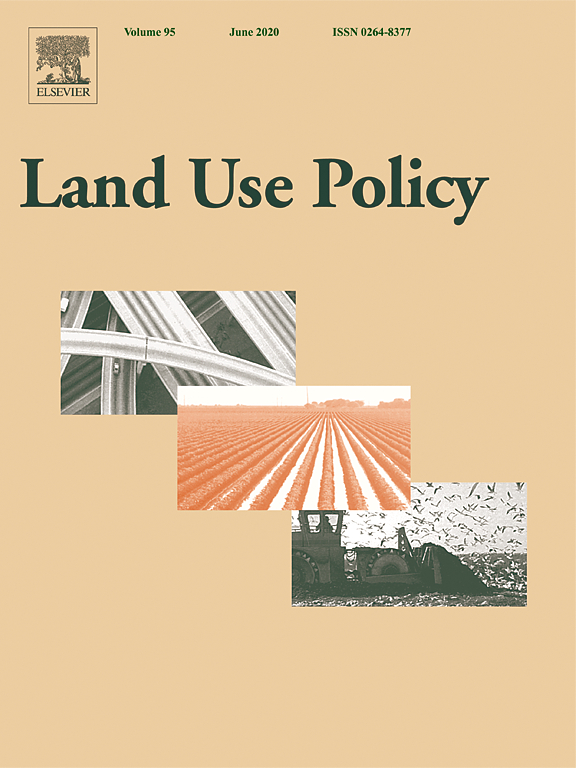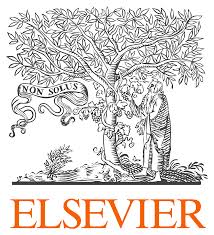Location
Land Use Policy is an international and interdisciplinary journal concerned with the social, economic, political, legal, physical and planning aspects of urban and rural land use. It provides a forum for the exchange of ideas and information from the diverse range of disciplines and interest groups which must be combined to formulate effective land use policies. The journal examines issues in geography, agriculture, forestry, irrigation, environmental conservation, housing, urban development and transport in both developed and developing countries through major refereed articles and shorter viewpoint pieces.
Land Use Policy aims to provide policy guidance to governments and planners and it is also a valuable teaching resource.
ISSN: 0264-8377
Members:
Resources
Displaying 36 - 40 of 279Reterritorialization practices and strategies of campesinos in the urban frontier of Bogotá, Colombia
Much of the research on urbanization has focused on how rural populations move to cities for work opportunities. This paper takes a different perspective on the relations between rural populations and urbanization. The livelihoods of rural dwellers on the outskirts of the city of Bogotá in Colombia are increasingly affected by the expansion of urban activities and infrastructure. Therefore, urbanization takes place in the areas of residence of the rural populations; these people do not migrate to the city but, rather, the city migrates to them.
Innovation level and local development of EU regions. A new assessment approach
The main purpose of the study is to present a new approach to comparing EU regions according to their level of innovation. For many years, different organizations have published reports related to the innovation level of EU countries and regions. Usually, taxonomic methods are used to measure development in this area.
The interrelations of land ownership, soil protection and privileges of capital in the aspect of land take
The novelty of this study lies in the analyses of legislation concerning land use policies by examining the specific boundary between land ownership and land take. The basic motive was that the European Commission (EC) withdrew the Soil Framework Directive (SFD) in 2014 following the objections of certain Member States (MS) who countered that as most lands are privately owned, they should not fall under the remit of public governance. Since the withdrawal of the SFD land take is an issue receiving more attention.
Local Domain Models for Land Tenure Documentation and their Interpretation into the LADM
Abstract With an estimated 50% of global land held, used, or otherwise managed by communities, interfacing indigenous, customary, and informal land tenure systems with official land administration systems is critical to achieving universal land tenure security at a global scale. The complexity and organic nature of these tenure systems, however, makes their modelling and documentation within standard, generic land administration systems extremely difficult.
Registration of private interests in land in a community lands policy setting: An exploratory study in Meru district, Tanzania
Current Tanzanian land law offers registration of private interests in land in the form of Certificates of Customary Rights of Occupancy (CCROs) within a broader community lands approach. We conducted qualitative research on the issuance of CCROs along a mountain slope transect in Meru district in northeast Tanzania. This area features intensified smallholder agriculture that evolutionary theory suggests is well adapted for registration of private interests in land.



